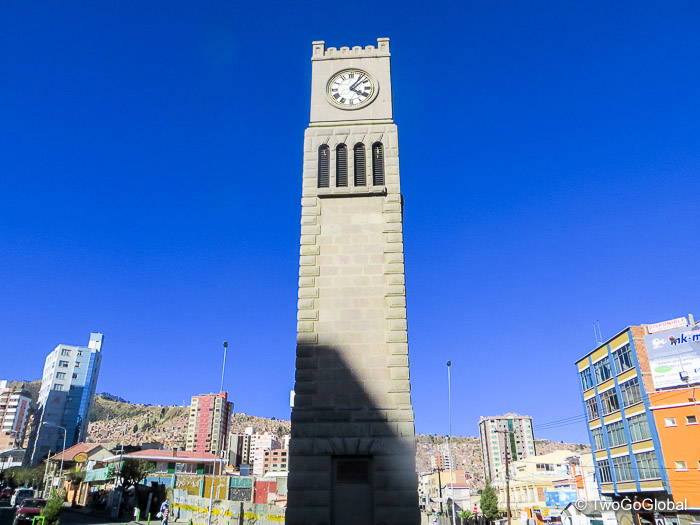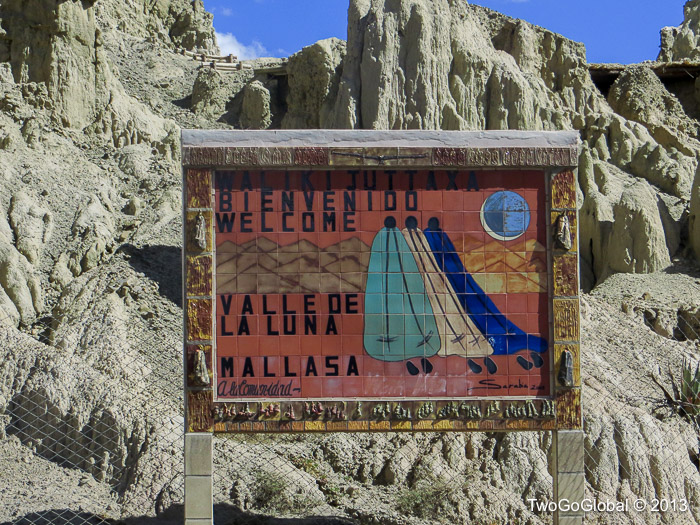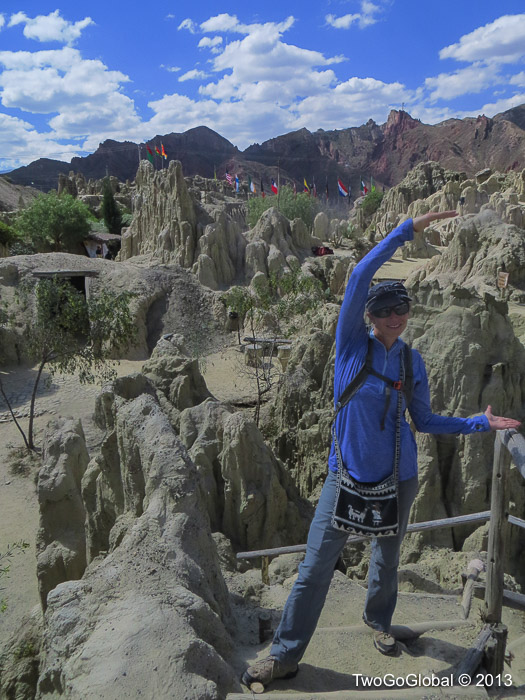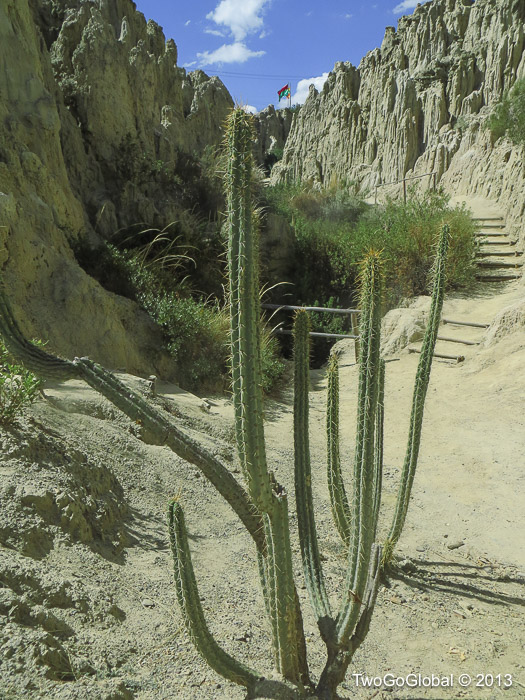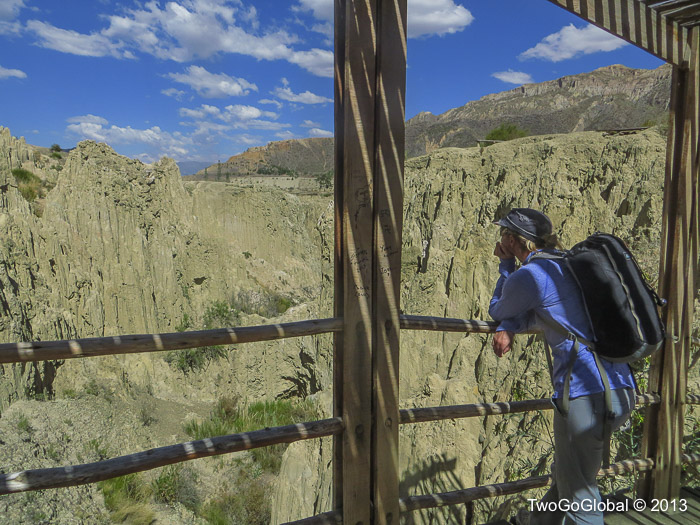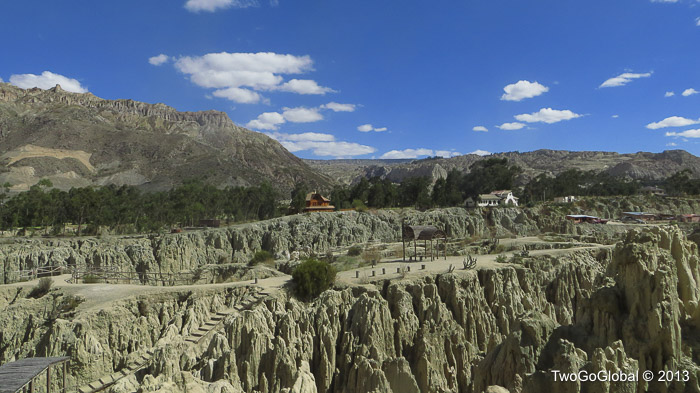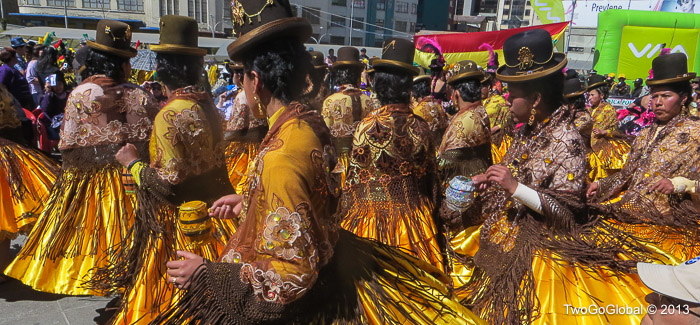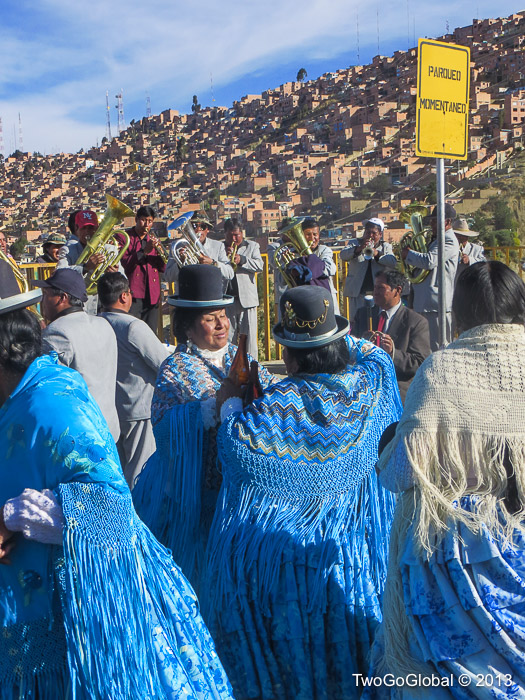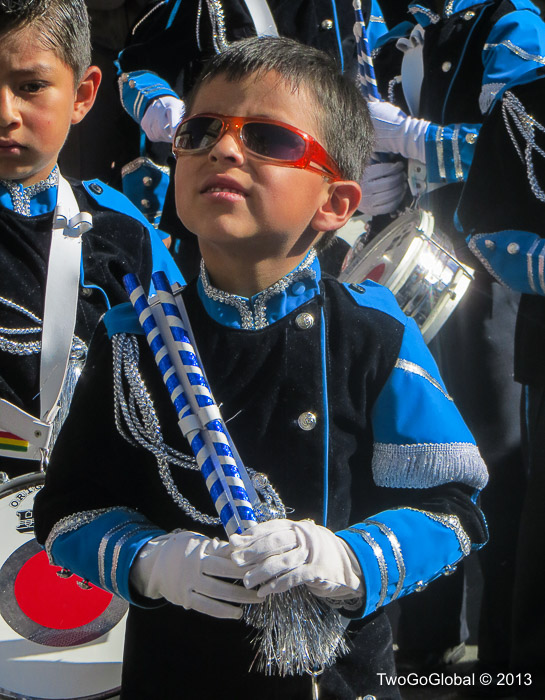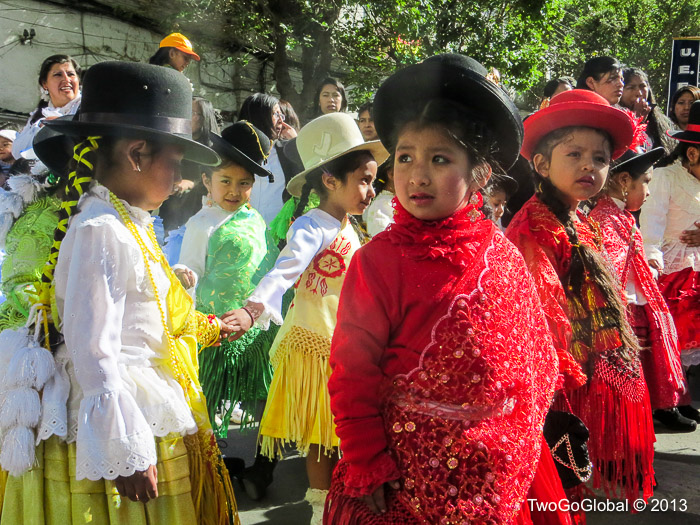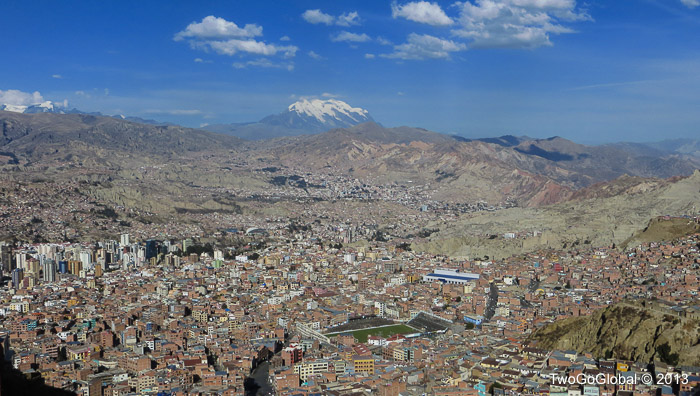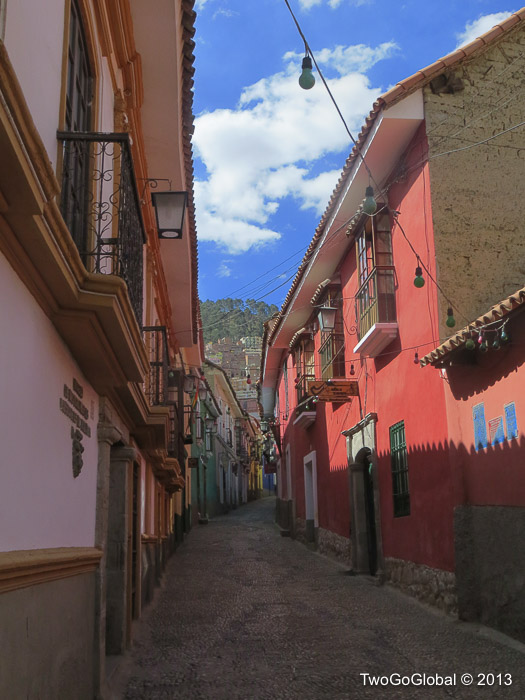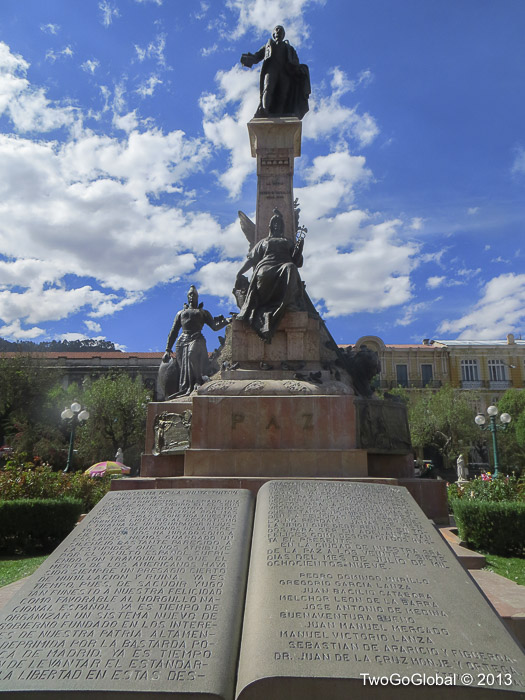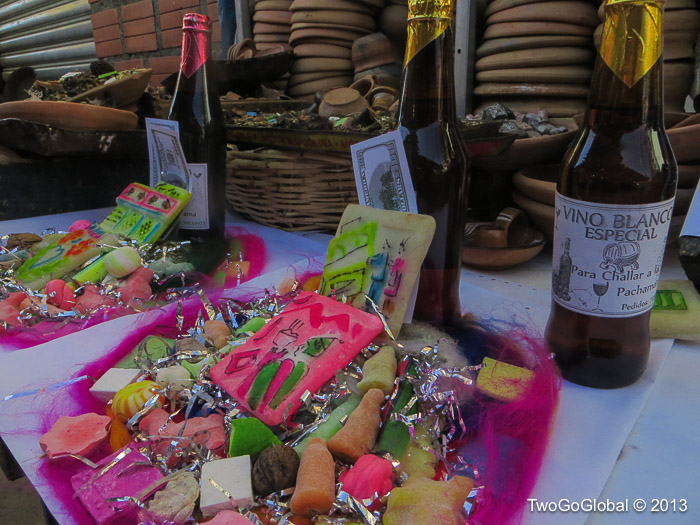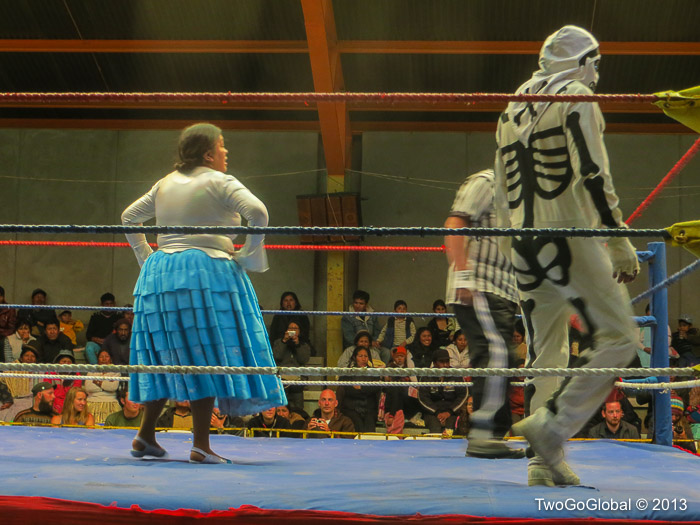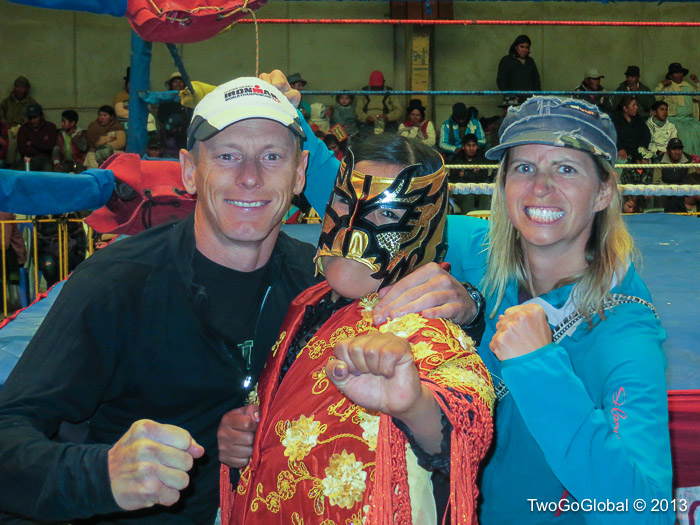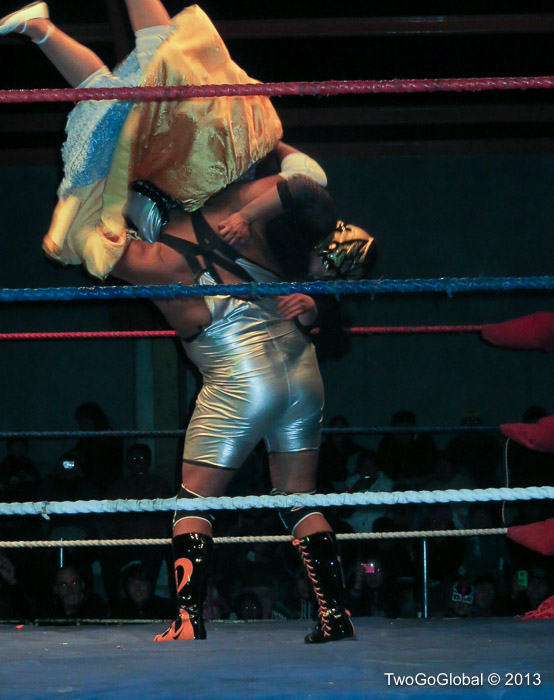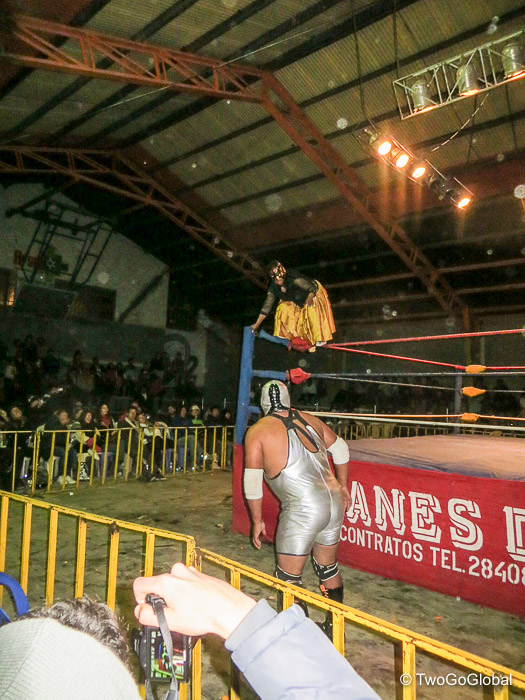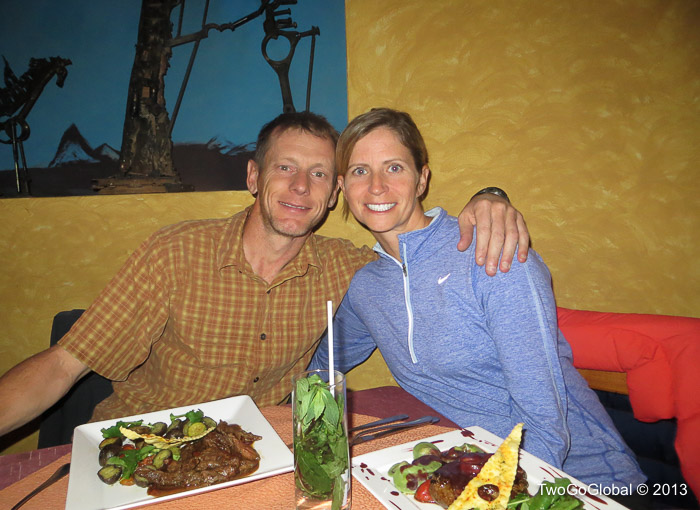La Paz, sitting in a bowl at an altitude between 3.200 and 4.100 meters, is the highest capital city in the world surrounded by the high mountains of the altiplano, specifically triple-peaked Illimani. Behind Santa Cruz de la Sierra, it is Bolivia’s second largest city in population with over two million inhabitants. The more affluent live in the lower areas of the city around Zona Sur with the less economically fortunate living in makeshift brick houses on the surrounding hillsides and at the highpoints in El Alto city where the airport is located.
We had no idea what to expect with La Paz due to altitude, trash, traffic, and other big city problems, but how wrong can perception be. Our first couple of experiences were pretty tame and only involved getting from the airport to the bus station and vice versa. We eventually based ourselves there for a month which was a great experience from day one. We rented an apartment based on a friend’s recommendation that was only a ten minute walk from the main square, Plaza Murillo, and a couple of minutes from a market and gym. Coincidentally everything we did in and around La Paz was based on information provided by our friends. Thanks Barbara and David!
First things first, and after having stocked up on food we went about visiting the local gyms to find a suitable place to workout and attend spinning classes – turned out that a mere two or three minute walk away was Adrenalina Gym, stocked with castoff Chilean spinning bikes and weight machines that had seen better days. We had no complaints and to be able to join a gym for a month was heaven! Also turned out that right outside our door was Mercado Yungas, a great place for fruit, veg and meat, as well as a busy route for micro-buses heading to other parts of the city, especially the three bus stations we were going to be needing over the coming weeks. Finally, I found Rita Clavijo, a great Spanish teacher only a 10 minute walk from our apartment, and at less than ten bucks an hour for a private lesson I couldn’t argue.
Zona Sur
We arrived in town midweek and had no set plans for our first weekend allowing us more than enough time to discover La Paz’s local attractions.Thirty minutes away by micro-bus is Zona Sur, located in a valley to the south at a considerably lower altitude than the rest of the city, and full of boutiques, coffee shops and gated neighborhoods. It’s called home by the wealthiest of Bolivians, including politicians, military top brass, and business owners. We spent a few hours wandering around the stores and people watching before heading to Valle de la Luna.
Valle de la Luna
Situated about 10 kilometers from downtown La Paz, and a short micro-bus drive from Zona Sur, Moon Valley is composed of an area where erosion has worn away the majority of a mountain. The area is made up of clay instead of rock making it easy for the elements to create an interesting work of art, like a desert filled with stalagmites. The entry fee was dirt cheap, as are most things in Bolivia, and made for an interesting walk around the site for little over an hour. The only complaint we would have is that man is encroaching far too close with clay buildings and trash starting to spread around the site!
We’re not sure that Bolivians need an excuse for a parade around the city streets, with bands playing and people of all ages marching and dancing to the sound of music which seems to be a weekly occurrence. We knew that it would be loud and hectic during the first week of August with the sixth being Bolivia’s Independence Day and the first Friday being the start of month long celebrations for Pachamama, or Mother Earth. On numerous occasions, especially on a Sunday in the neighborhoods scattered throughout the steep hillsides leading up to the city of El Alto we would come across a hundred or more people following a band, mostly drunk and certainly having a good time! It was an amazing sight to see the Aymara women passing around large bottles of beer being as totally wasted as their male companions.
Not something we would usually do but we learned a lot about the history of La Paz and some cool facts from our Banjo Tours guide. It lasted four to five hours, mostly on foot, and ended by choice with a finale at the Cholita wrestling arena in El Alto – more about that later! Hearing the history of the San Pedro prison where families get to live inside with their male criminal partners, inmates have to buy their own cells, and cocaine dealing and trafficking is commonplace was amazing – see Thomas McFadden’s book, Marching Powder for an interesting read. We also found out why the cities countless shoe cleaners wear balaclavas, how independence came, why llamas and sometimes people are buried beneath buildings, and who lived on the cities oldest street, Jaen Street.
Andrea’s contribution to this blog post is that the Cholita wrestling was awful and that it sucked! Fortunately we didn’t pay a tour operator as we were already up in El Alto when it started – I actually kind of agree and due to the crap ring antics and cold inside the arena I couldn’t wait for the bus back down to the center of La Paz. This wasn’t part of the La Paz tour but our guide finished right outside of the arena so we felt obliged to go and see what it was all about! Seeing Aymara women dressed in traditional clothing with pony tails throwing guys around was not as entertaining as it sounds, although when some of the wrestlers ended up in the crowd it livened things up a little. Overall, for us it was something to be missed!
July 31 – August 28 2013


